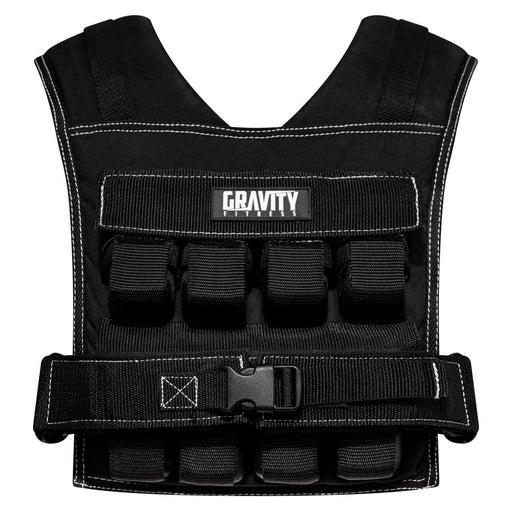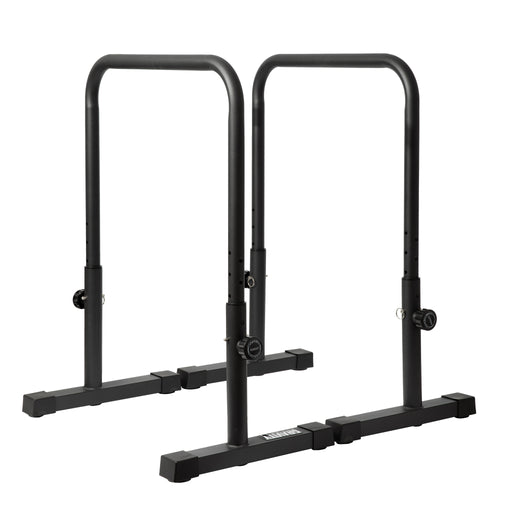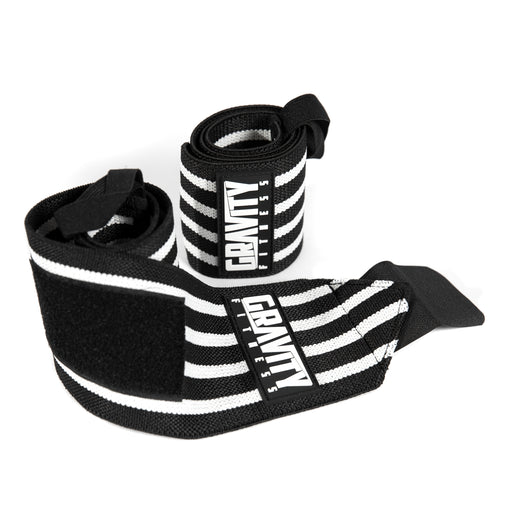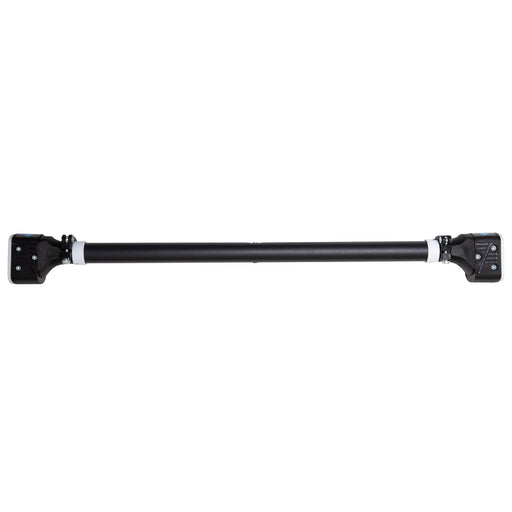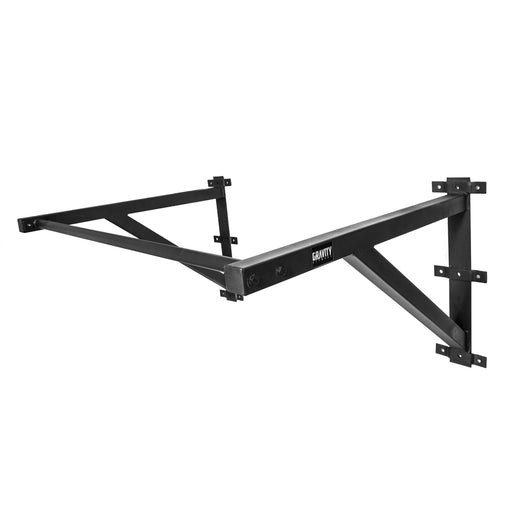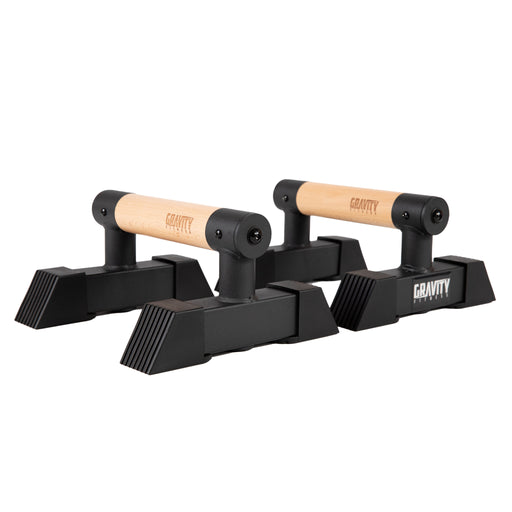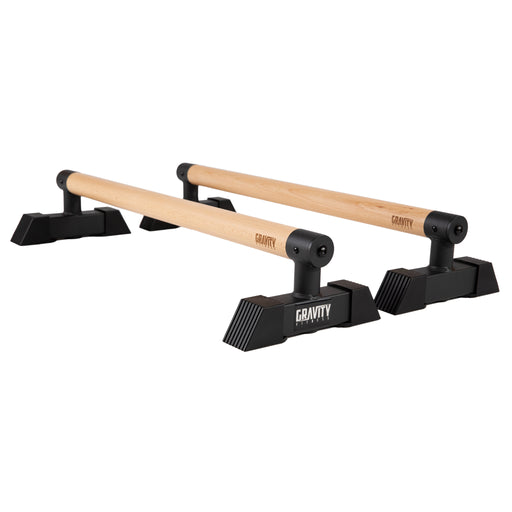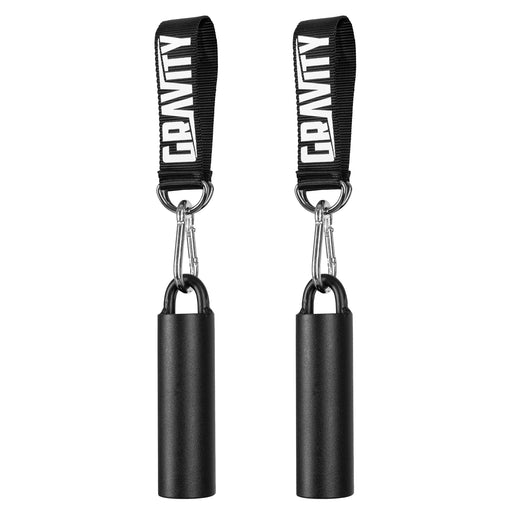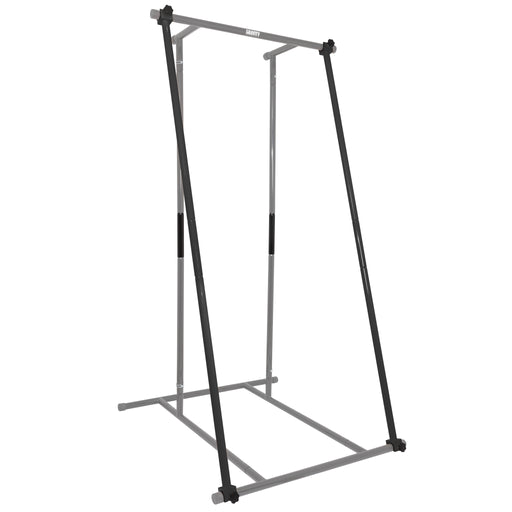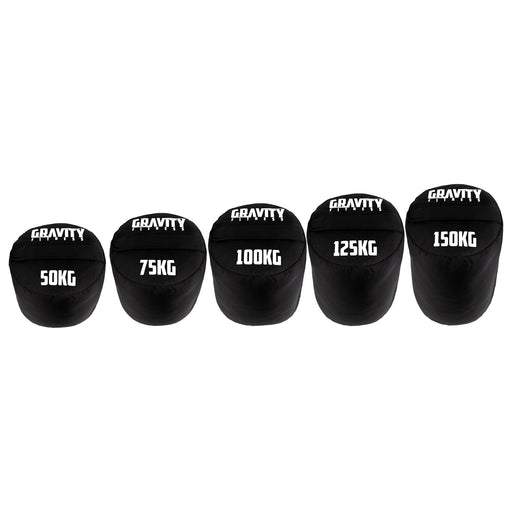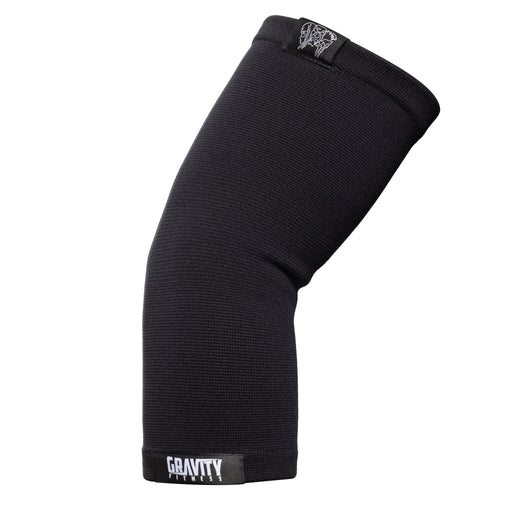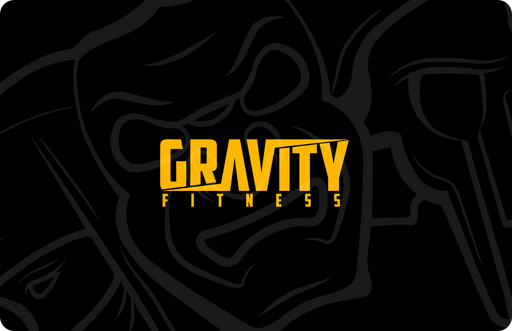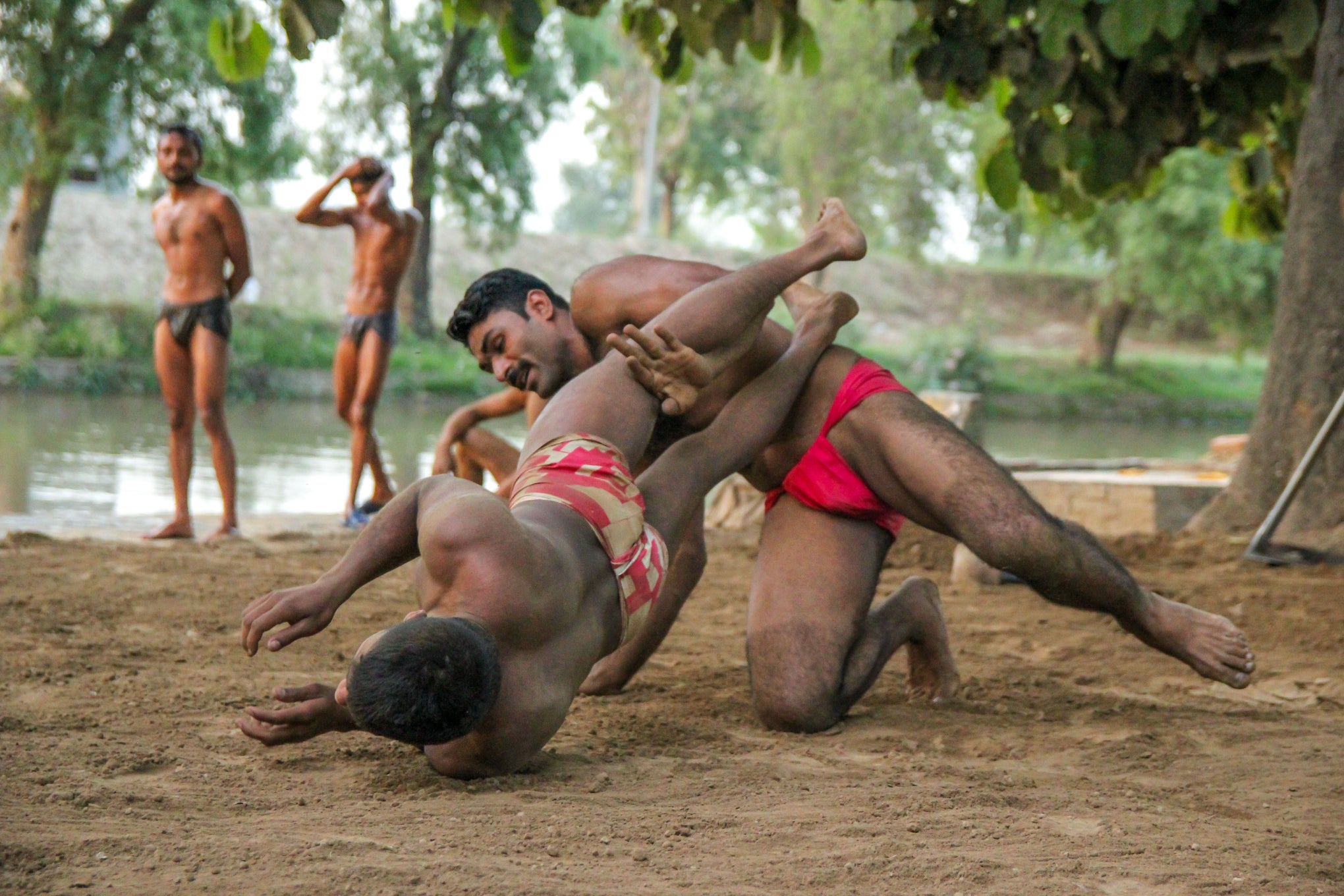
Ancient forms of training: physical culture in India
Ancient forms of training: physical culture in India
What training lessons can we learn from the home of yoga and steel maces?
India is a huge country and a subcontinent. Its long history has tribal roots complicated by more modern political issues. It’s difficult to summarise ancient physical culture across all of India, but it’s interesting to see how India’s approach to physical training has influenced modern workouts.
The history of physical culture in India
Which sports do you link with Indian culture? You might say yoga, cricket, or field hockey (the men’s team have won 12 Olympic medals in the sport). But the ancient history of physical culture in India goes back much further. India is home to the world’s oldest sports stadium – the structure at Dholavira in Gujurat is dated around 3000 BC.
The oldest forms of training in India
An amazing number of games and sports can be traced back to India. Snooker, chess, and badminton all originated in India and were transmitted to other countries through migration or colonisation and turned into the forms we would recognise today.
Ancient Indian people approached physical health as a therapeutic full-body experience that incorporated learning about exercise, dancing, physical hobbies, and yogic practices.
Dhanurveda was one subject of education which taught the science of warfare, and included use of fighting weapons as well as horse riding, wrestling, and chariot driving. Chatushashti Kalaa was the study of hobbies, including physical training, and had 64 arts. These could include martial arts, swimming, archery, running, and weaponry.
The origins of Indian clubs
In ancient India, sports training was broken down into several categories to ensure everyone developed a rounded approach to mind and body training. One of these categories was “individual training”, and focused on physical development. We might recognise this as physique-based training today.
This category of training included bodybuilding type workouts, bodyweight and calisthenics training, weight lifting, and use of iron clubs. Club swinging is one of the key disciplines of varzesh-e pahlavani or “the sport of heroes” and was used to develop strength, co-ordination, mobility, and spirituality through mindfulness.
The history of Indian clubs, or mace bells, dates back thousands of years to early Hindu physical training practices. Carvings of clubs have been spotted on the walls of ancient temples. Clubs are known as jori, mugdar, and karlakattai in India, and the famous Tamil warriors use them in their martial arts practice.
During the colonial period, the British adopted the use of clubs as training tools for the military and police, and that’s primarily how they found their way into western culture. Indian clubs are now a popular and versatile functional training tool suitable for gym use, home workouts, and rehab work.
5 traditional sports from Indian history
Kabaddi – a contact team sport which originates in ancient India and is the state game in 11 Indian states
Kho-kho – a tag sport played by teams of 12 players with the aim of avoiding contact from opposing team players
Ilavatta kal – a strength sport focusing on lifting large heavy rocks, dating back to ancient Tamil times
Nondi – a bodyweight sport based around performing single-legged jumping squats to leap set distances
Martial arts – India has a number of traditional martial arts including kalari, kushti and silambam which uses clubs
Indian club and steel mace training today
Indian clubs or steel maces are a fantastic, low-cost and versatile training tool that can be used to build strength, add weight to functional fitness movements, to improve mobility, and even to rehab shoulder injuries.
Check out our range of quality durable mace bells ranging from 2kgs up to 20kgs at the Gravity Fitness store.

















